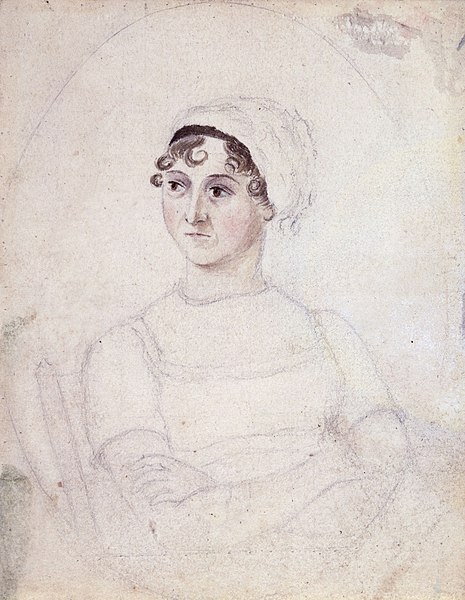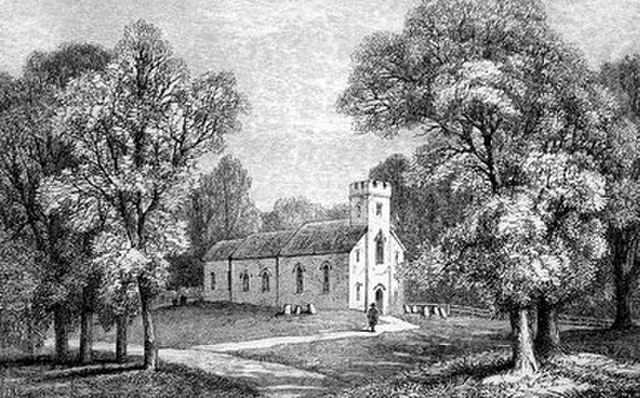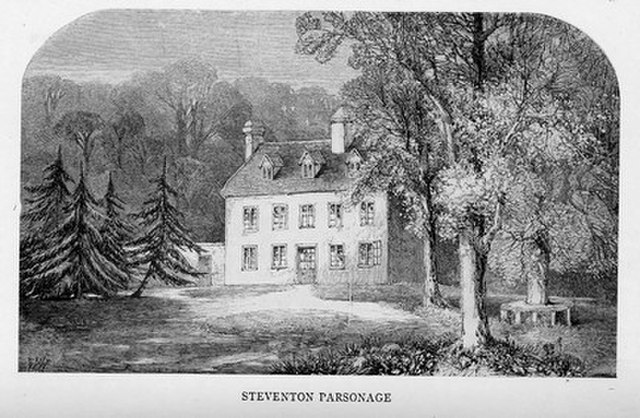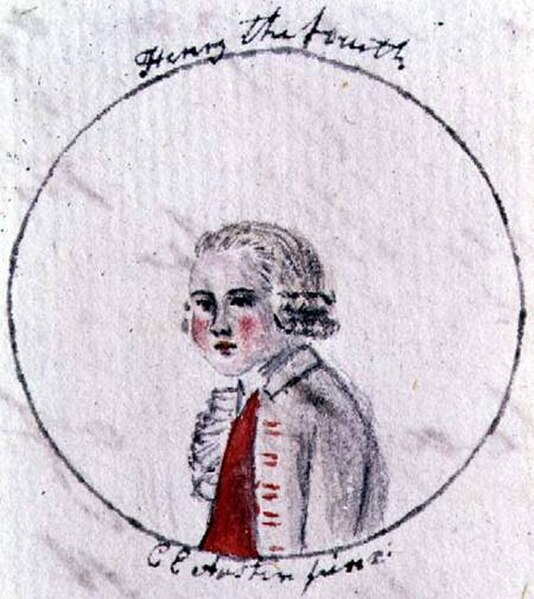Richard Whately was an English academic, rhetorician, logician, philosopher, economist, and theologian who also served as a reforming Church of Ireland Archbishop of Dublin. He was a leading Broad Churchman, a prolific and combative author over a wide range of topics, a flamboyant character, and one of the first reviewers to recognise the talents of Jane Austen.
Richard Whately
The monument dedicated to Whately in St. Patrick's Cathedral in Dublin, sculpted by Thomas Farrell.
Jane Austen was an English novelist known primarily for her six novels, which implicitly interpret, critique, and comment upon the British landed gentry at the end of the 18th century. Austen's plots often explore the dependence of women on marriage for the pursuit of favourable social standing and economic security. Her works are an implicit critique of the novels of sensibility of the second half of the 18th century and are part of the transition to 19th-century literary realism. Her deft use of social commentary, realism and biting irony have earned her acclaim among critics and scholars.
Portrait, c. 1810
Church of St Nicholas in Steventon, as depicted in A Memoir of Jane Austen
Steventon parsonage, as depicted in A Memoir of Jane Austen, was in a valley and surrounded by meadows.
Portrait of Henry IV. Declaredly written by "a partial, prejudiced, & ignorant Historian", The History of England was illustrated by Austen's sister, Cassandra (c. 1790).






